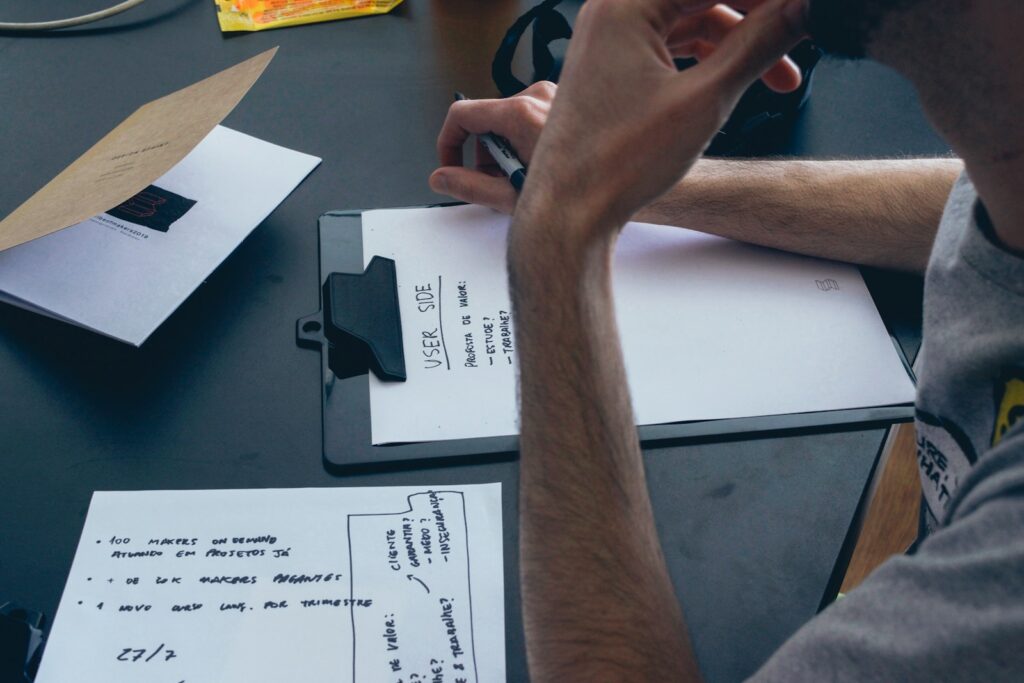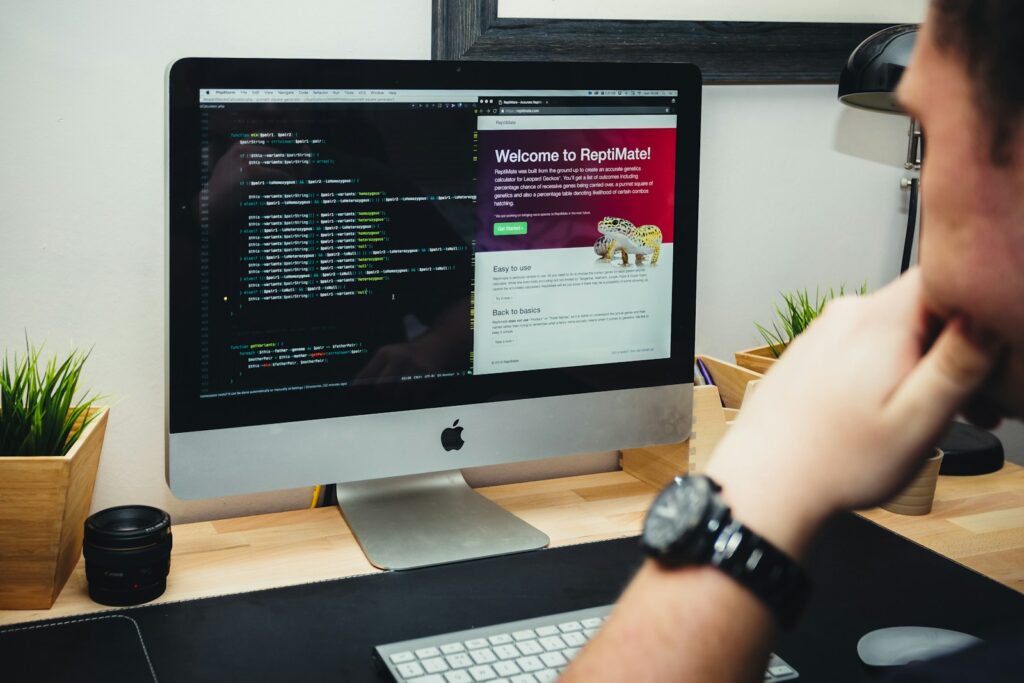In recent years, the rapid advancement of technology has spurred discussions about the future of various industries, including web design. As an entrepreneur deeply immersed in the realm of web development, I often ponder the impact of emerging technologies on my field. With the rise of AI and automation, one question looms large: Is web design destined to be automated?
Embracing Innovation
Before delving into the potential automation of web design, it’s crucial to acknowledge the transformative power of innovation. Throughout my journey as an entrepreneur and AI enthusiast, I’ve witnessed firsthand how technology revolutionizes industries, driving efficiency, and unlocking new possibilities.
Explore Innovative Web Solutions at UnikBrushes
The Role of AI in Web Design
Artificial intelligence has made significant strides in various domains, from healthcare to finance. In the realm of web design, AI-powered tools and platforms are increasingly prevalent, promising to streamline workflows and enhance productivity.
Automated Design Tools
One of the most notable manifestations of AI in web design is the emergence of automated design tools. These tools leverage machine learning algorithms to analyze user preferences and generate design elements autonomously. From layout suggestions to color palette recommendations, AI-driven platforms aim to expedite the design process while maintaining aesthetic quality.
Templated Solutions
Furthermore, templated solutions have gained traction in the web design landscape, offering pre-designed frameworks that cater to diverse needs and preferences. While traditional web development involves meticulous coding and customization, templated solutions provide a shortcut, enabling users to create professional-looking websites with minimal effort.
Explore Cutting-Edge Web Development Services at UnikBrushes
The Human Touch
Despite the advancements in AI and automation, the human touch remains indispensable in web design. While AI-driven tools excel at certain tasks, they lack the intuitive creativity and nuanced understanding that human designers bring to the table.
Creativity and Innovation
Web design is as much an art as it is a science. Human designers possess the innate ability to think outside the box, infusing websites with creativity and innovation. From conceptualizing unique layouts to crafting compelling visual narratives, human designers imbue websites with personality and flair, elevating the user experience.
User-Centric Design
Moreover, human designers prioritize user-centric design, placing the needs and preferences of users at the forefront. While AI algorithms can analyze data and patterns, human empathy allows designers to empathize with users, anticipating their pain points and tailoring solutions accordingly. The human element ensures that websites resonate with audiences on a deeper level, fostering engagement and loyalty.
Finding Harmony
In navigating the intersection of AI and web design, it’s essential to recognize the symbiotic relationship between humans and machines. Rather than viewing automation as a threat, we should embrace it as a tool for augmentation, empowering designers to focus on high-level creativity and strategic thinking.
Collaboration and Integration
By embracing AI-driven tools and platforms, designers can streamline repetitive tasks and allocate more time to creative exploration. Collaboration between humans and machines fosters synergy, harnessing the strengths of each to achieve optimal outcomes. Integrating AI into the design process enables designers to work more efficiently without sacrificing quality or craftsmanship.
The Future of Web Design
As we contemplate the future of web design, one thing is clear: automation will play an increasingly prominent role. However, the human element will remain irreplaceable, anchoring design practices in empathy, creativity, and innovation.
Embracing Change
Rather than fearing automation, we should embrace it as a catalyst for progress. By adapting to technological advancements and embracing a growth mindset, designers can unlock new opportunities and push the boundaries of creativity.
Continuous Learning
In the ever-evolving landscape of web design, continuous learning is essential. Designers must stay abreast of emerging technologies, trends, and best practices to remain competitive in the field. Embracing lifelong learning enables designers to evolve with the industry, harnessing the power of automation while preserving the artistry of design.
Conclusion
In conclusion, the question of whether web design will be automated is nuanced and multifaceted. While AI-driven tools and automation hold immense potential to streamline workflows and enhance efficiency, the human touch remains indispensable. By embracing innovation, fostering collaboration, and prioritizing creativity, designers can navigate the evolving landscape of web design with confidence and resilience.
Revolutionize Your Academic Journey with LearnyHive
As we embark on this journey of exploration and innovation, let us embrace the possibilities that automation presents while preserving the essence of human creativity and ingenuity. Together, we can shape a future where technology empowers us to design experiences that inspire, engage, and delight users worldwide.
In this article, we’ve explored the intersection of AI and web design, delving into the potential implications of automation on the industry. As an entrepreneur and AI enthusiast, I remain optimistic about the future of web design, recognizing the transformative potential of technology while championing the irreplaceable role of human creativity. Join me on this journey of discovery and innovation as we navigate the evolving landscape of web design in the digital age.




